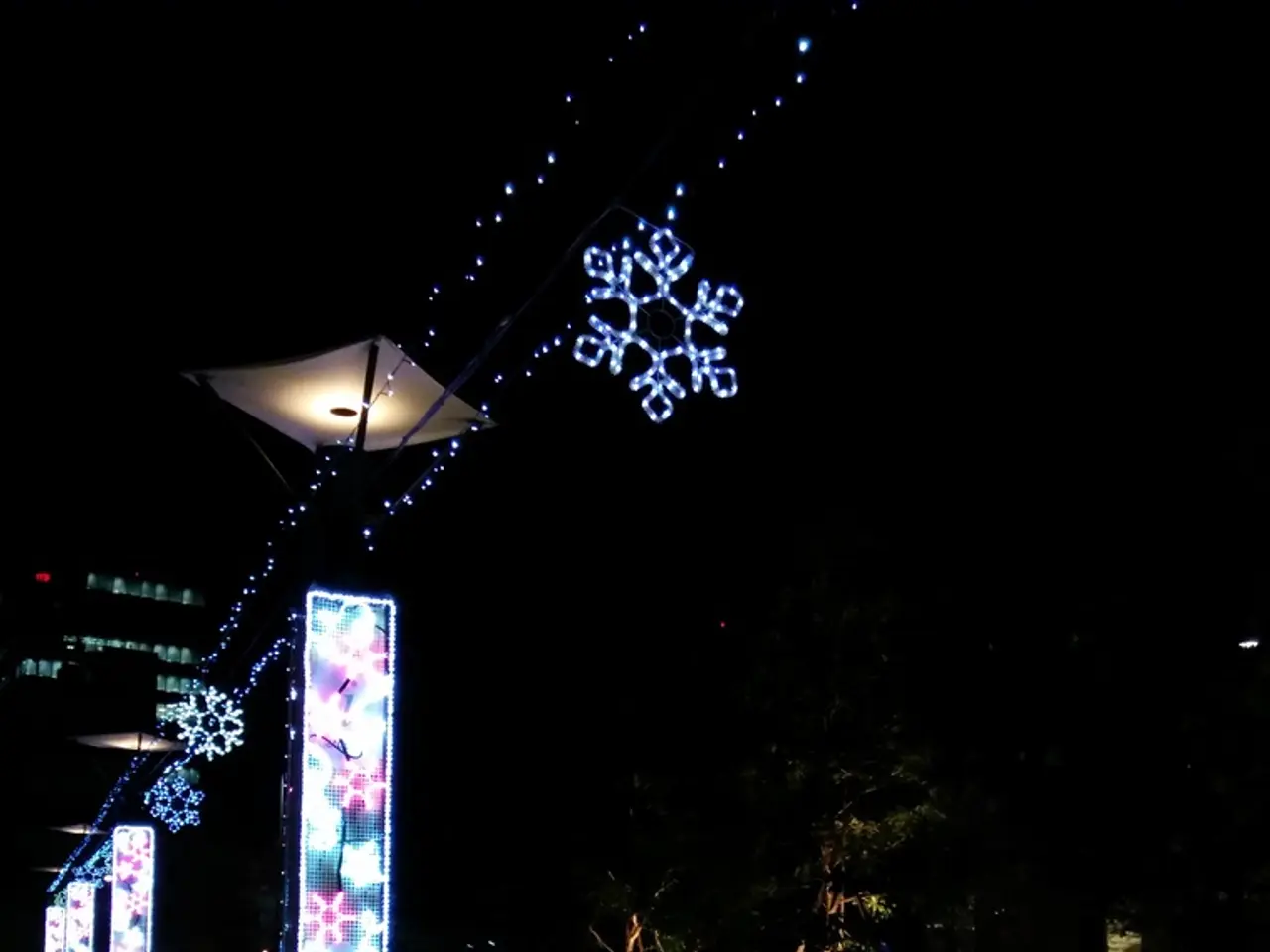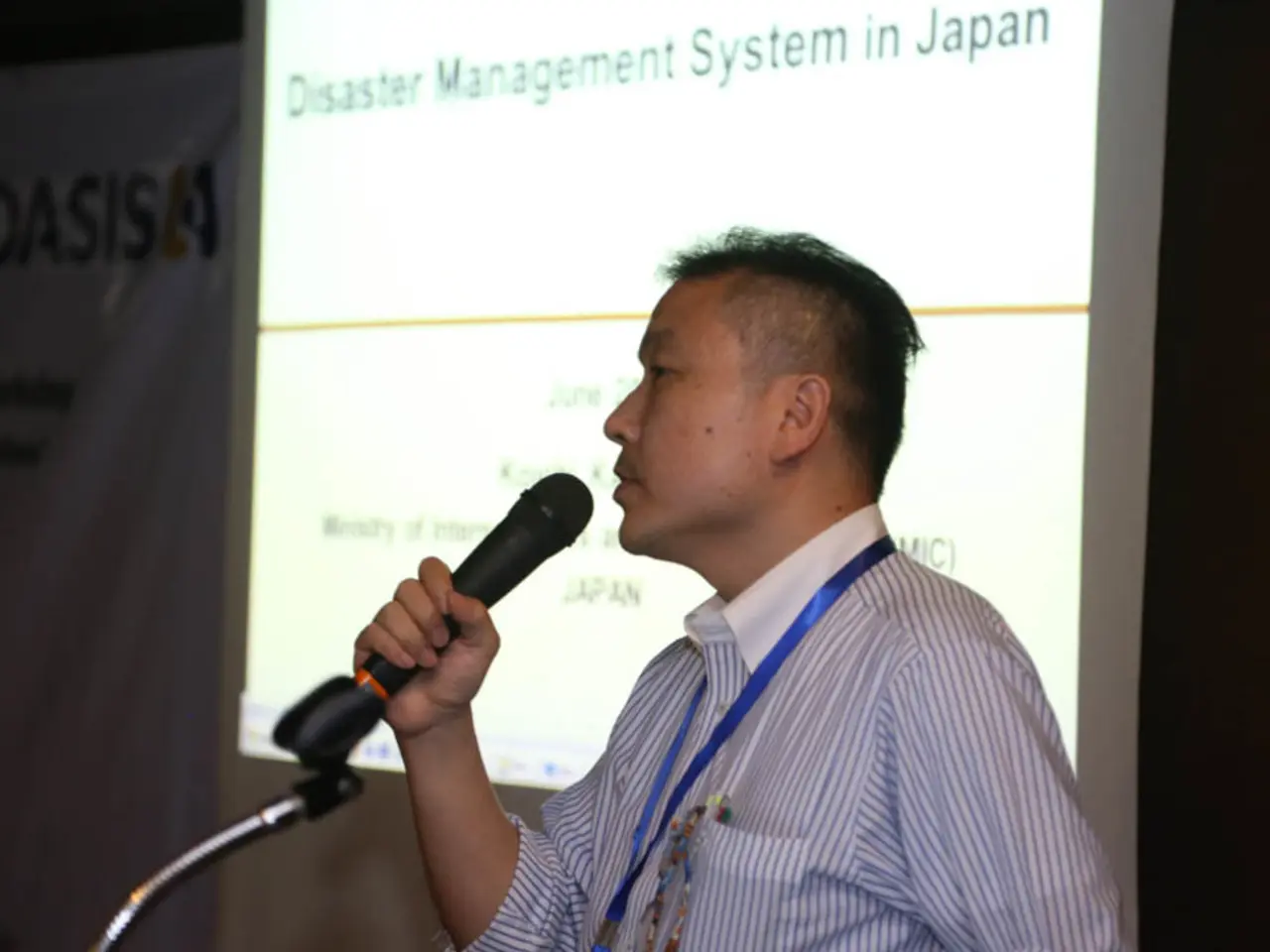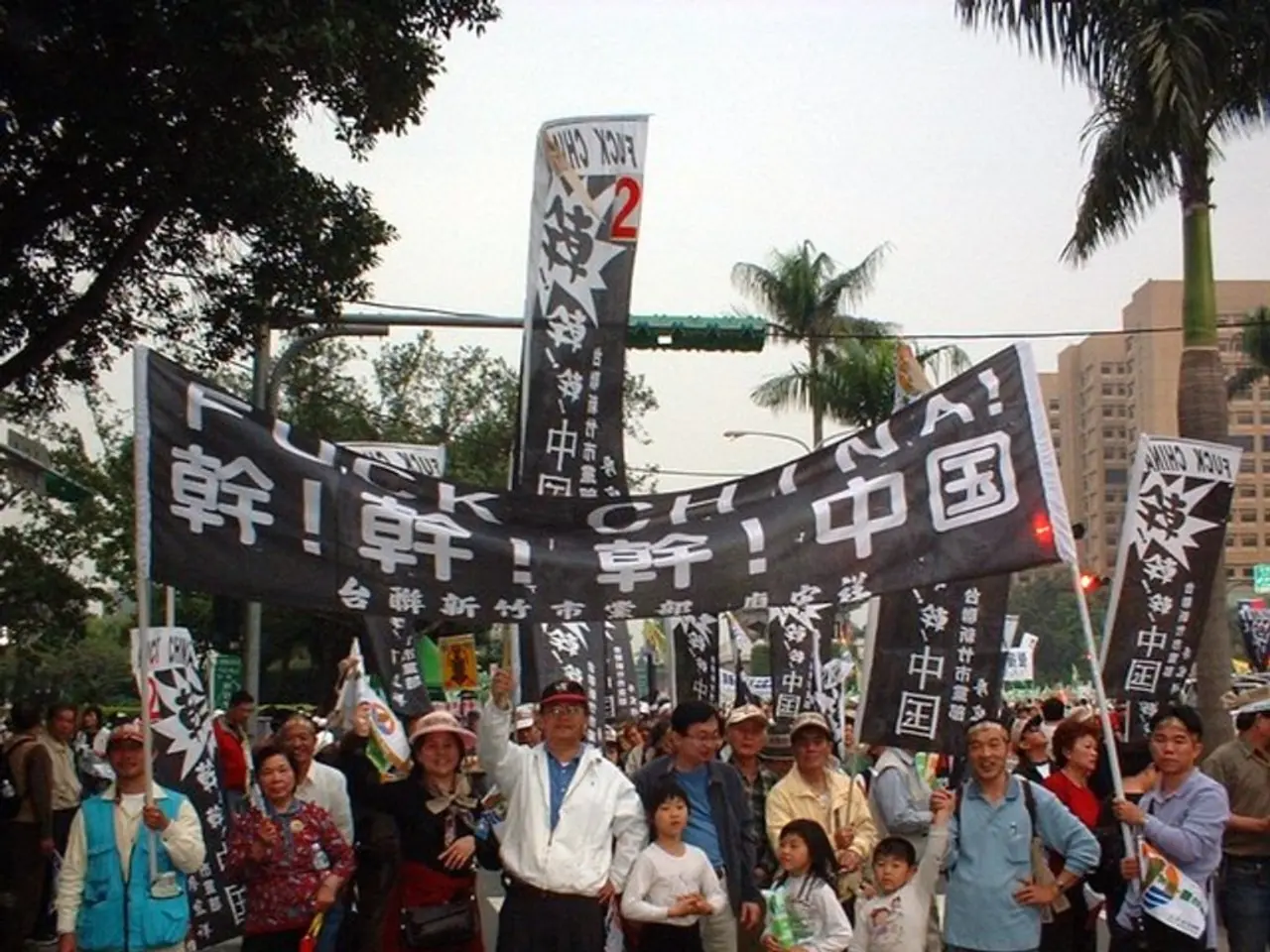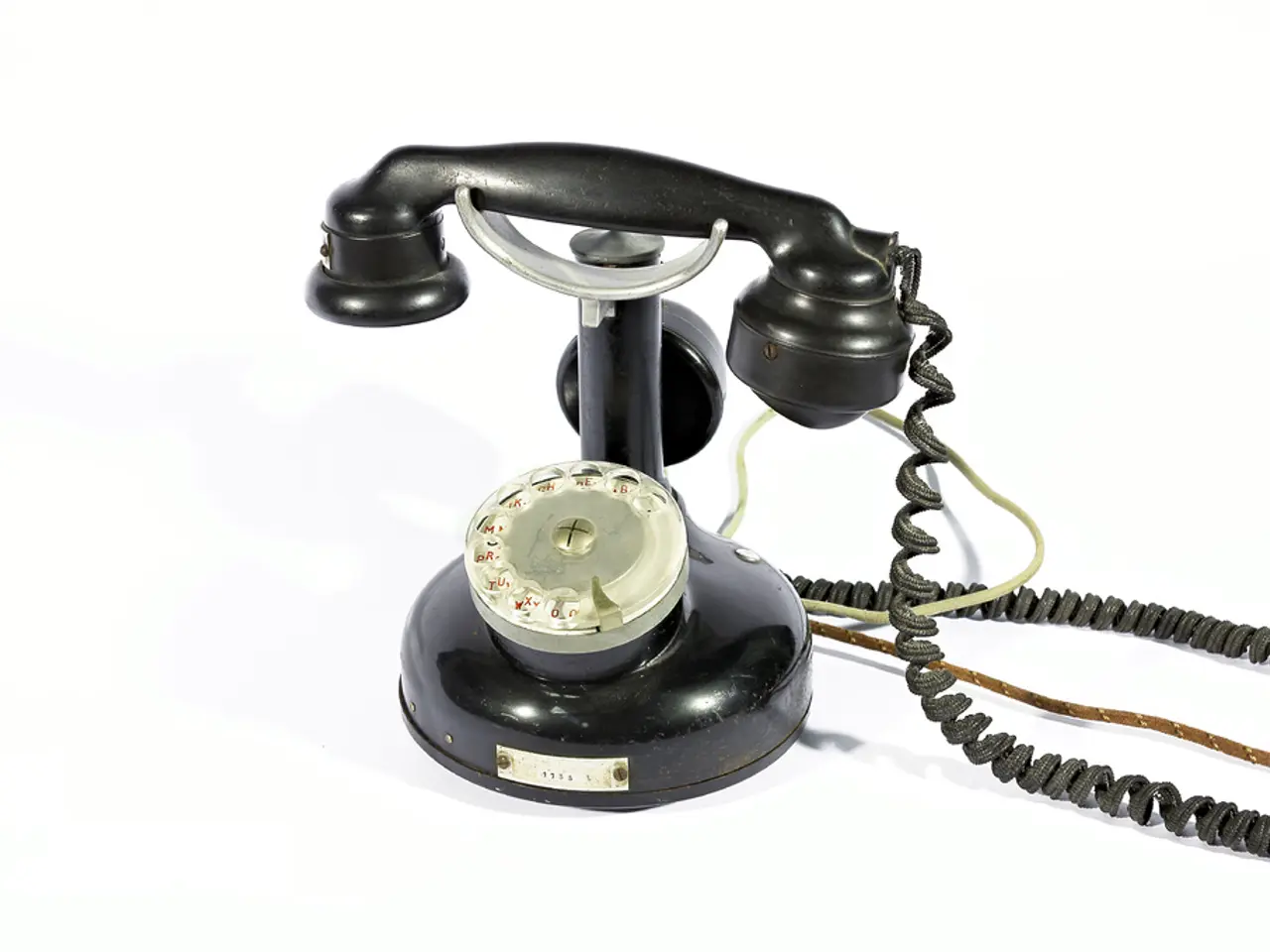Church and surrounding structures in Rīga struck by lightning
In an unexpected turn of events, St Albert's Parish in Riga and a nearby residential building were struck by lightning on Thursday at 16:19. The discharge from the lightning caused significant damage to both buildings.
The State Fire and Rescue Service (VUGD) recommends that private persons should also consider the risk of lightning, not just owners of public buildings. This reminder comes in light of the recent incident, where the discharge of high-power electricity from lightning burnt down a house and caused damage to electrical equipment, including a parish computer and printer. Fortunately, the sound system was not harmed.
The fire alarm may have caught fire by itself, according to experts, and it took several days to assess the damage caused by the lightning strike. Every apartment in the residential building suffered damage, including a gas boiler. Only a few microphones were damaged in the lightning strike.
The charge from the lightning likely went to other buildings through the internet wires, causing the electricity, internet, and fire safety system to be cut off. It is important to note that the discharge from lightning can occur not only in the building itself or in a neighboring building, but also 2 kilometers away.
To prevent such incidents, it is recommended to install a lightning protection system (LPS) that consists of air terminals (lightning rods) on the roof and high points to intercept strikes, down conductors to safely channel lightning current from the air terminals to the ground, and grounding electrodes to dissipate the current safely into the earth.
It is crucial to use proper materials and installation techniques to ensure all parts of the LPS are well interconnected and corrosion-resistant. It is also essential to maintain safe distances between lightning protection components and electrical wiring or conductive building parts to prevent damage through induced currents or side-flashes during a strike.
Regular inspection and maintenance of the LPS are necessary to check for corrosion, mechanical damage, or loose connections, ensuring continued effectiveness. Following national and international standards, such as the IEC 62305 series or locally adopted codes, is advisable.
For authoritative, detailed recommendations, it is advisable to consult VUGD’s official publications or their website, as they specifically govern fire safety and lightning protection regulations in Latvia.
During thunderstorms, it is recommended to seek shelter at home, not under trees or in the open. Old and renovated lightning conductors may no longer work, so it is essential to ensure that they are functioning correctly.
The parish priest of St Albert's, Janis Savickis, is leading the efforts to repair the damage caused by the lightning strike. The number of calls to lightning fires has not increased significantly in recent years, but this incident serves as a reminder of the importance of proper lightning protection in buildings.
[1] Source: Lightning Protection: A Case Study of a Lightning Strike Incident
The State Fire and Rescue Service (VUGD) emphasizes private property owners should remember the potential risk of lightning, such as the recent incident causing damage to a house and parish equipment. This risk isn't confined to buildings themselves or immediate neighbors; lightning discharges can occur up to 2 kilometers away. [2] Therefore, installing a lightning protection system (LPS), as recommended by VUGD, is crucial to prevent similar incidents in the future. This system includes intercepting strikes with air terminals, safely channeling strikes with down conductors, and dissipating the current safely into the ground with grounding electrodes. [1]








